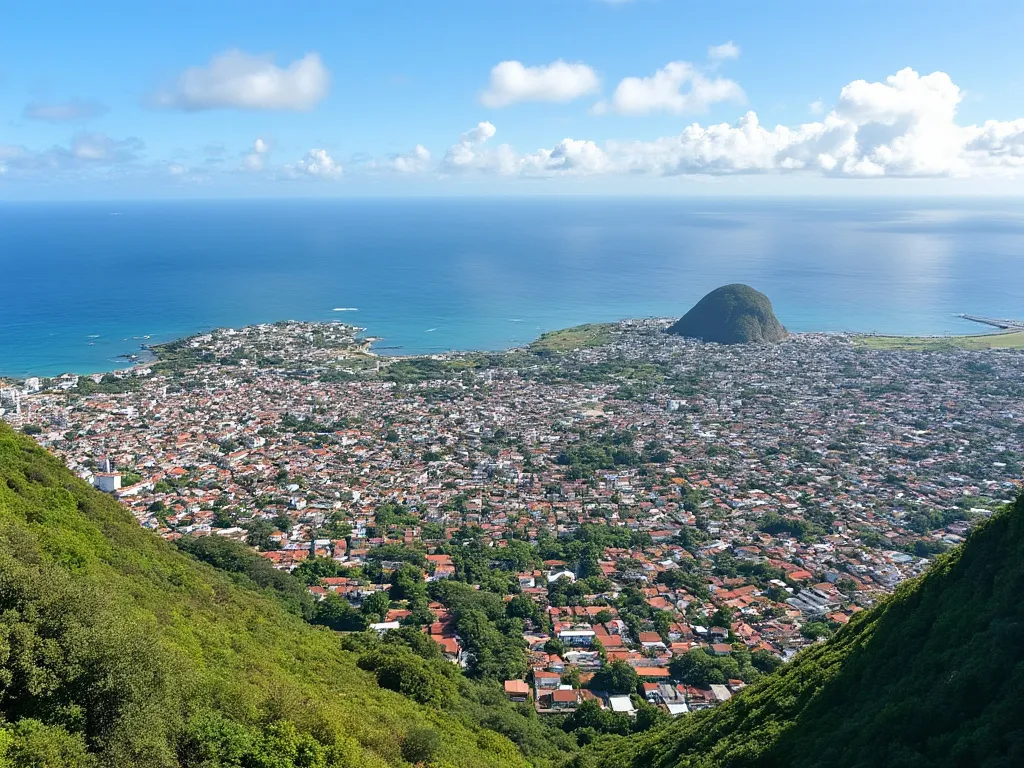
Sarajevo es la capital de Bosnia y Herzegovina, una ciudad con una rica historia y significado cultural. Ubicada en los Alpes Dináricos, Sarajevo está enclavada en el valle de Sarajevo, rodeada de montañas y ríos. La ciudad tiene una población de más de 275,000 personas y es conocida por su diverso patrimonio cultural, impresionante arquitectura y belleza natural.
Información sobre Sarajevo
| País | 🇧🇦 Bosnia y Herzegovina |
| Población de la ciudad | 275,522 (estimación 2020) |
| Coordenadas de la ciudad | 43.8563° N, 18.4133° E |
| Área de la ciudad | 1,276.9 km² (493.0 mi²) |
| Clima | Clima continental húmedo (clasificación climática de Köppen: Dfb) |
| Idioma | Bosnio, Croata, Serbio |
| Moneda | Marco convertible de Bosnia y Herzegovina (BAM) |
| Zona horaria | Hora Central Europea (CET) (UTC+1) |
| Proximidad a otras ciudades importantes | Belgrado (Serbia) - 320 km (200 mi), Zagreb (Croacia) - 340 km (211 mi), Liubliana (Eslovenia) - 430 km (267 mi) |
Datos interesantes sobre Sarajevo
- Sarajevo alberga el Puente Latino, donde el Archiduque Francisco Fernando fue asesinado en 1914, lo que desencadenó la Primera Guerra Mundial.
- La ciudad alberga el barrio de Baščaršija, un histórico distrito de la era otomana con calles estrechas y tiendas tradicionales.
- Sarajevo fue sede de los Juegos Olímpicos de Invierno de 1984, y el Estadio Olímpico de la ciudad todavía se utiliza hoy en día.
Atracciones turísticas en Sarajevo
- El Puente Latino
- Barrio de Baščaršija
- Museo Nacional de Bosnia y Herzegovina
- Museo de la Ciudad de Sarajevo
- Academia de Bellas Artes
Antecedentes históricos de Sarajevo
Sarajevo tiene una larga y compleja historia, que se remonta al siglo XV cuando fue fundada por el Imperio Otomano. La ciudad fue un importante centro de comercio y comercio, y su ubicación estratégica la convirtió en un punto clave para la expansión del Imperio Otomano en Europa. A finales del siglo XIX, Sarajevo se convirtió en parte del Imperio Austrohúngaro, y fue durante este período que la ciudad experimentó una modernización y desarrollo significativos.
Ubicación geográfica de Sarajevo
Sarajevo está ubicada en el corazón de la península balcánica, en los Alpes Dináricos. La ciudad está situada en el valle de Sarajevo, rodeada de montañas y ríos. El río Miljacka atraviesa la ciudad, y las montañas circundantes ofrecen vistas impresionantes y oportunidades para actividades al aire libre como el senderismo y el esquí.
Significado cultural de Sarajevo
Sarajevo es una ciudad con un rico patrimonio cultural, que refleja su diversa historia e influencias. La ciudad alberga una serie de importantes instituciones culturales, incluido el Museo Nacional de Bosnia y Herzegovina, el Museo de la Ciudad de Sarajevo y la Academia de Bellas Artes. Sarajevo también es conocida por su vibrante escena artística, con numerosas galerías, teatros y lugares de música.
Importancia económica de Sarajevo
Sarajevo es el centro económico de Bosnia y Herzegovina, con una serie de industrias importantes, incluidas la manufactura, las finanzas y el turismo. La ciudad alberga una serie de importantes empresas, incluida la Bolsa de Valores de Sarajevo, y es un punto clave para el comercio y el comercio en la región.
Conclusión sobre Sarajevo
Sarajevo es una ciudad con una rica historia, significado cultural y belleza natural. Desde su impresionante arquitectura hasta su vibrante escena artística, Sarajevo es una ciudad que tiene algo que ofrecer a todos. Ya sea que esté interesado en la historia, la cultura o las actividades al aire libre, Sarajevo es un destino de visita obligada en los Balcanes.
 Seúl
Seúl
 Singapur
Singapur
 Santo Domingo
Santo Domingo
 Santo Tomé
Santo Tomé